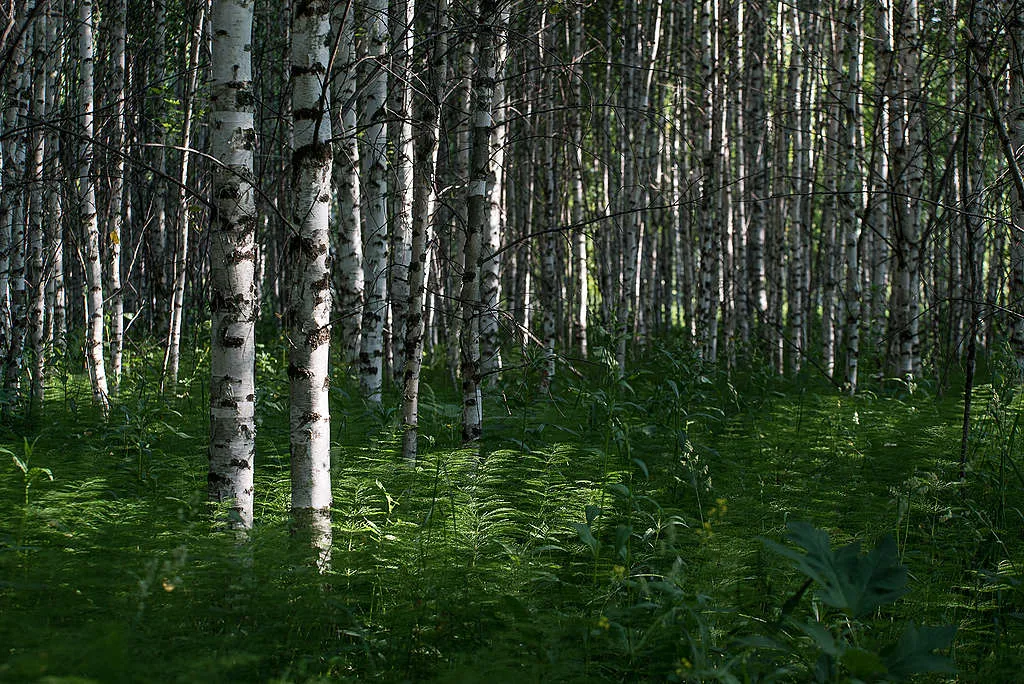In the heart of Russia’s southern Moscow region, a silent transformation is taking place. Abandoned farmlands are gradually being reclaimed by nature, with young birch trees (Betula sp.) sprouting up, creating new ecosystems that could play a significant role in carbon sequestration. A recent study, published in the journal Plants, has shed light on the intricate dynamics of these post-agricultural landscapes, with implications for the energy sector and carbon markets.
The research, led by Gulfina G. Frolova from the Institute of Physicochemical and Biological Problems in Soil Science in Pushchino, focuses on the spatial heterogeneity of carbon pools in these young birch stands. “Understanding the spatial variability of carbon stocks is crucial for accurate carbon balance estimates and predictions,” Frolova explains. The study reveals that environmental factors such as stand density, tree dimensions, light conditions, and soil properties significantly influence carbon sequestration.
The team conducted field measurements on a permanent 50 × 50 m sampling plot, divided into smaller subplots to capture the variability in vegetation and soil characteristics. They found that carbon stocks varied significantly across subplots with differing stand densities and light conditions. This underscores the importance of accounting for spatial heterogeneity in carbon assessments.
One of the study’s key findings is the feasibility of indirectly estimating carbon stocks using stand parameters like density, height, and diameter. This could streamline carbon assessment processes, making them more efficient and cost-effective. “Our results closely matched direct measurements, demonstrating the potential of this indirect method,” Frolova notes.
The total ecosystem carbon stock was estimated at 80.47 t ha⁻¹, with the soil contributing more than living biomass and dead organic matter. This highlights the critical role of soil in carbon sequestration, a factor often overlooked in carbon trading schemes.
For the energy sector, these findings could shape future developments in carbon offset projects and renewable energy investments. As companies increasingly adopt net-zero carbon pledges, understanding the nuances of carbon sequestration in post-agricultural ecosystems becomes ever more important. The study provides a methodological framework for future research, emphasizing the need to consider spatial heterogeneity in carbon assessments.
Moreover, the research could influence policy decisions, guiding the development of more accurate and effective carbon trading mechanisms. By improving our understanding of carbon dynamics in these ecosystems, we can better harness their potential to mitigate climate change.
In the words of Frolova, “This study is a stepping stone towards more precise carbon accounting and better-informed decision-making in the energy sector.” As the world grapples with the challenges of climate change, such insights are invaluable, paving the way for a more sustainable future.

